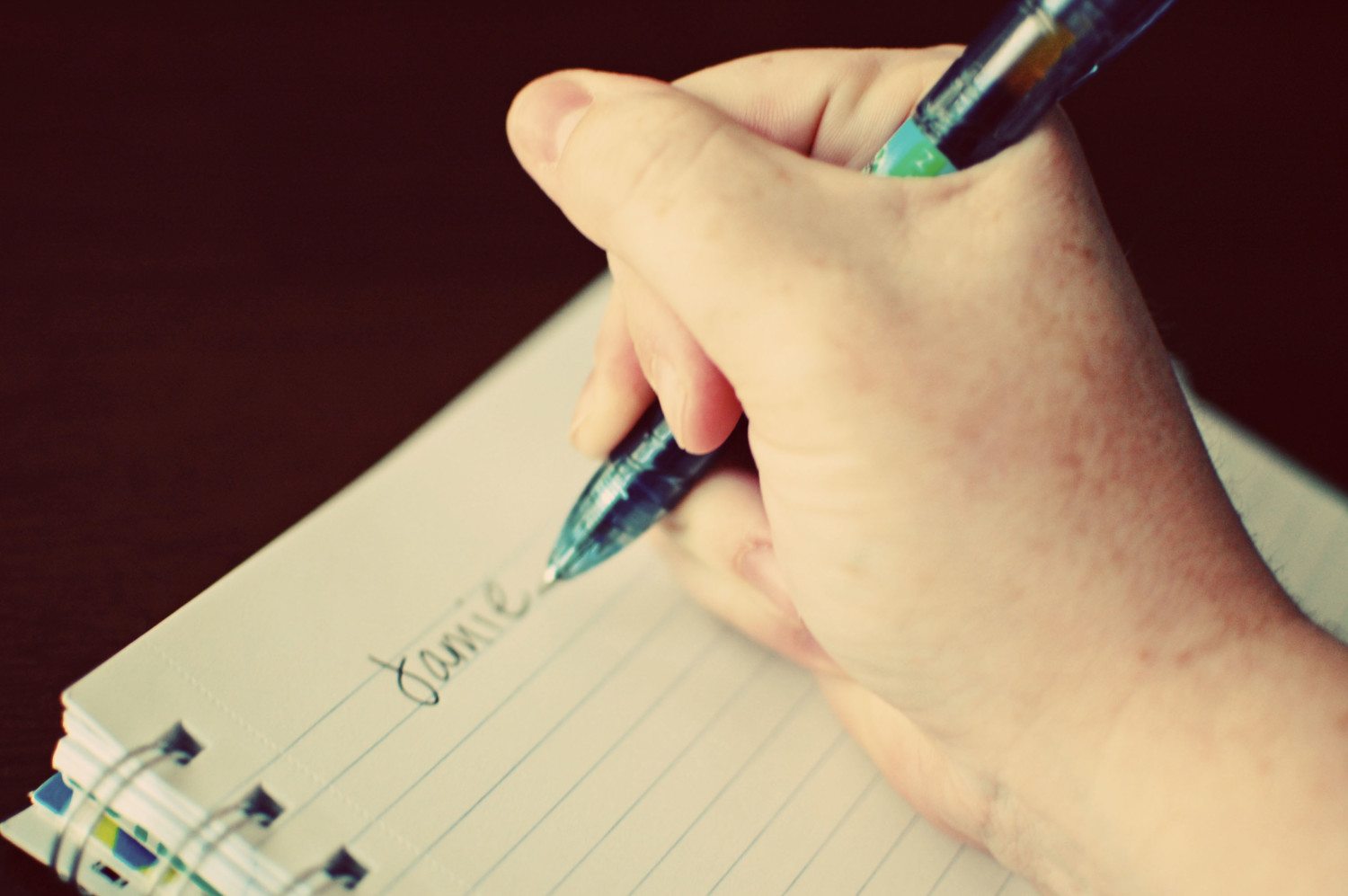Handwriting is making a comeback—here’s why
With modern life revolving around computers and smartphones, people can now go months or even years without needing to take a pen to paper. This new handwriting-less world we’re living in is certainly convenient, but there is a growing push for handwriting to make a comeback—and the reasoning is far from sentimental.
Research shows that handwriting engages the brain in ways that typing doesn’t. Brain scans taken of subjects writing by hand showed increased brain activity when compared to subjects who were typing. The hand-eye coordination needed to shape each letter ,and the tactile nature of writing by hand, activate different parts of the brain that aren’t required when typing on a phone or computer. In addition, researchers found that writing improves memory and information retention, as well as basic reading skills, because “self-generated action, in the form of handwriting, is a crucial component in setting up brain systems for reading acquisition.”
“There’s a myth that in the era of computers we don’t need handwriting. That’s not what our research is showing,” Virginia Berninger, a University of Washington professor who’s studied the effects of handwriting practice on children’s educational growth, told the Washington Post. “What we found was that children until about grade six were writing more words, writing faster and expressing more ideas if they could use handwriting—printing or cursive—than if they used the keyboard.”
All of this research has translated into legislative action to protect and encourage handwriting in elementary school. Arizona announced last year that all public schools would be required to teach cursive handwriting. Louisiana and Arkansas also recently joined the growing list of states that have or will soon have requirements for handwriting in their public school curriculum.
While science justifies a push for handwriting’s return, let’s not overlook the magic of a handwritten “thank you” note, or an old-fashioned love letter. These simple joys might be harder to measure in a study, but they’re great examples of why it’s worth it to put down the phone and pick up a pen.


